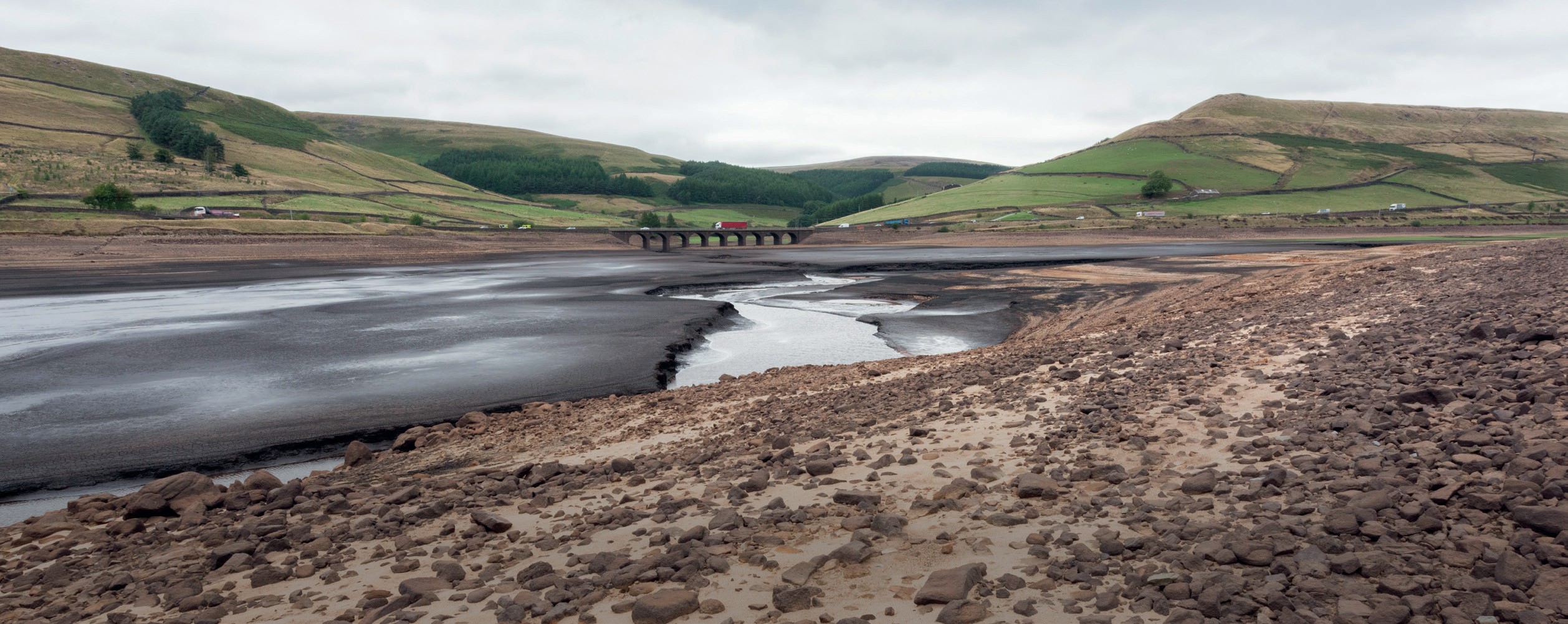
The UK is getting warmer as greenhouse gas concentrations increase and climate change begins to alter weather patterns. The hottest day ever recorded in the UK was in July 2023, when temperatures went past 40°C for the first time. The previous record had been set at 38.7°C only a few years previously, in July 2019. While high temperatures make the headlines, climate change also affects how much rain we receive, and when.
The government has commissioned an up-to-date assessment of what might happen to the weather in the UK under different climate scenarios. The results, known as the UK Climate Projections 2018 (or UKCP18 for short), suggest that winters will become warmer and wetter while summers will become warmer and dryer. The impacts are not likely to be the same across the whole country, however, as the southeast of England will become even more dry than the northwest (see Figure 1, below).
Your organisation does not have access to this article.
Sign up today to give your students the edge they need to achieve their best grades with subject expertise
Subscribe



